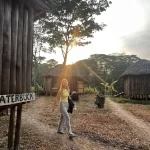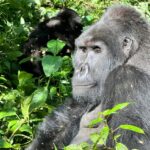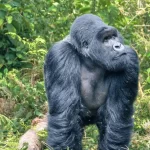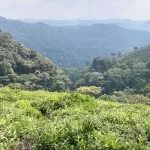Best Time To Travel To Uganda
The best time to travel to Uganda is during its two dry seasons: from June to August and from December to February. These months are perfect for activities such as gorilla trekking, wildlife safaris, and mountain hiking adventures. The wet season, however, has its own appeal, providing fantastic birdwatching opportunities, lush green scenery, less dusty red African roads, lower prices at some lodges, and fewer tourists.

Uganda Weather & Climate
Uganda, situated on the equator, experiences an equatorial climate. Due to its varying altitudes, temperatures in Uganda can differ significantly, but overall, the climate is relatively mild and pleasant because of the country’s higher elevation. For instance, Kampala, which lies at 1,100 meters above sea level, has an average temperature of 26°C.
In general, it can be assumed that the north of Uganda is the lowest and therefore the temperatures are the highest. The further down you go to the volcanoes located in the south; the neighboring country also becomes increasingly cooler. In the southern areas, a fleece jacket or sweater is therefore desirable for the evenings.
Rainy season in Uganda
The months of March, April and May are the months with the most rainfall historically.
November is the short rainy season. In principle, you can travel to Uganda all year round, with more rain expected in March/April and November in particular. The showers in the rainy season are short and powerful and mainly fall at night and in the morning. Because Uganda is on the equator, tropical rain showers are also part of this destination.
That is why there are so many rainforests and it is so green. Even in the traditional ‘dry months’ there is a regular shower. Furthermore, there are enormous bodies of water like Lake Victoria that ensure that a heavy rain shower can fall throughout the year, which is why the country is incredibly green and fertile.
Uganda by Months
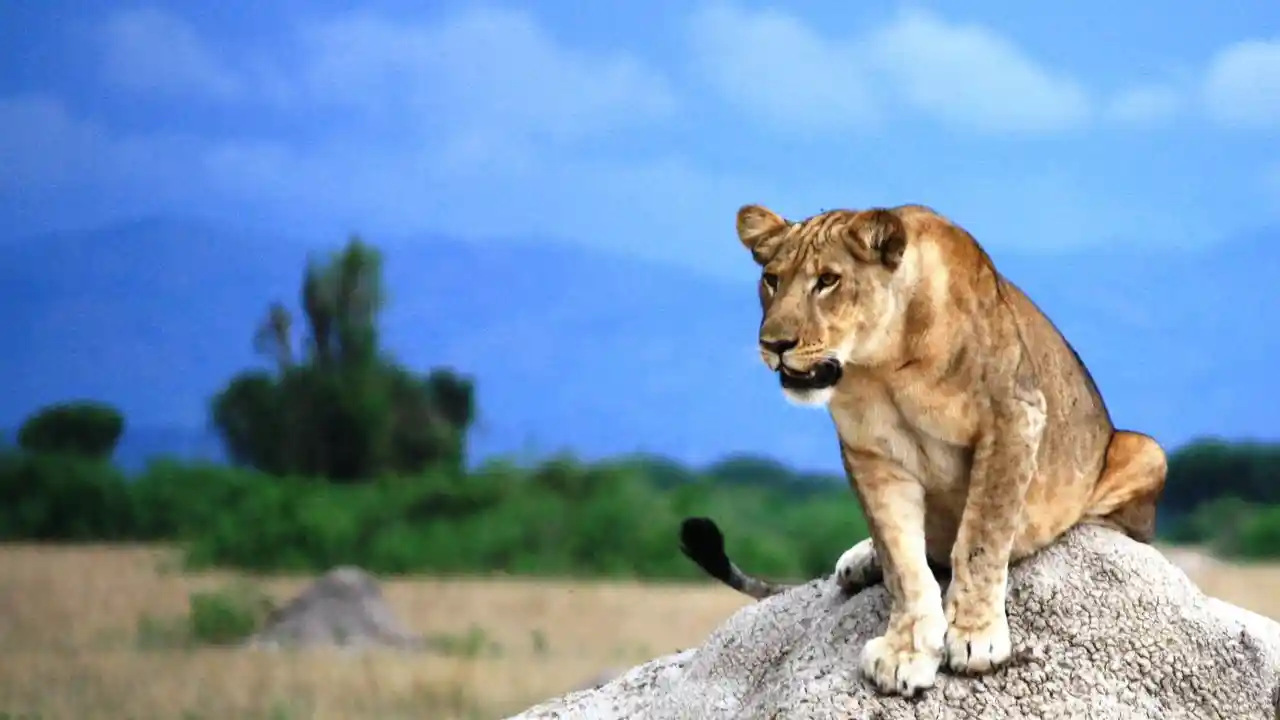
March to May
From March to May, Uganda sees its heaviest rains. These months can be quite wet, especially in the central and western regions, where lush rainforests like Bwindi Impenetrable receive substantial rainfall. While this time is quieter for tourists, it’s the perfect opportunity for birdwatching and enjoying Uganda’s vibrant green landscapes. However, be prepared for muddy trails if you’re planning on gorilla trekking or hiking in national parks. The heavy rains usually come in short bursts, often in the late afternoon or early morning, but they can affect road conditions and accessibility to some areas.
September to November
The secondary wet season, from September to November, brings more moderate rainfall, making the landscape even more lush. Although this period has fewer crowds, it’s still a good time to visit Uganda if you’re looking for fewer tourists and a quieter experience. However, it’s important to be mindful of possible showers, particularly in rural or forested areas where roads and trails might become slippery and difficult to navigate.
December to February
The dry season between December and February is often considered the best time to visit Uganda. The weather is warm, with sunny skies and very little rainfall, making it ideal for outdoor activities.
Gorilla trekking in Bwindi Impenetrable National Park and chimpanzee trekking tours in Kibale Forest are particularly popular during these months as the trails are less muddy and easier to hike. Wildlife safaris are also prime during this period, as animals are more likely to congregate near water sources, making them easier to spot. While this is Uganda’s peak tourist season, the dry conditions and excellent visibility make it the most rewarding time for outdoor adventures.
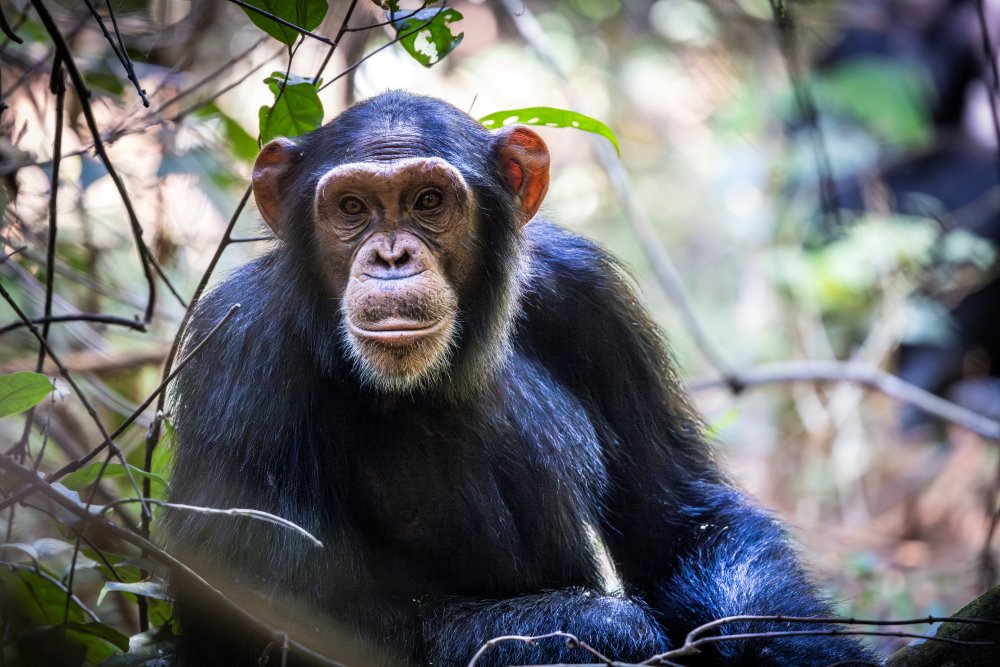
June to August
June to August marks another excellent time to visit Uganda, particularly for wildlife viewing and adventure activities. Though the rains are minimal, occasional showers are still possible, but they rarely interfere with travel plans. The cooler temperatures make it perfect for trekking in the highlands and for game drives in savannah parks like Queen Elizabeth and Murchison Falls. This is also the ideal time to visit the Rwenzori Mountains for hiking.
Best Time for Specific Activities
Uganda offers a diverse range of experiences, and the best time for specific activities can vary depending on your interests.
Best time to visit Uganda gorillas
The best time to trek Uganda’s endangered mountain gorillas is during the dry months of December to February and June to August. These periods offer optimal hiking conditions, with less rainfall and less mud on the trails, making the physically demanding trek through the dense rainforests of Bwindi Impenetrable Forest and Mgahinga Gorilla National Park much more enjoyable and accessible. The clearer weather also enhances visibility, increasing your chances of a memorable encounter with these magnificent creatures.
Best Time To Travel To Uganda for Wildlife Safaris
For safaris, the dry seasons (especially December to February and June to August) are ideal. With little rainfall, animals gather near water sources, providing fantastic opportunities for game drives and wildlife photography. Murchison Falls National Park and Queen Elizabeth National Park are popular safari destinations during these months.
Best Time To Travel To Uganda for Birdwatching
Uganda, described by Sir Frederick Jackson (an ornithologist who once governed the country) as “a hidden Eden”, is only the size of England, yet boasts over 1080 bird species! Birdwatching in Uganda is great all year round, but the wet seasons (March-May and September-November) are especially good for spotting migratory birds, particularly in areas like Lake Victoria and Bwindi Impenetrable National Park. However, the best time for birding is usually during the dry months, from June to September, with August being the peak month. The dry season offers more comfortable weather and less rain, making it easier to enjoy birdwatching without interruptions.
Best Time To Visit Uganda for Hiking & Adventure Activities
For trekking in the snow-capped Rwenzori Mountains or exploring Uganda’s other hiking routes, the dry seasons are ideal. The cooler temperatures and clear skies make these months the best for high-altitude treks and outdoor adventures.
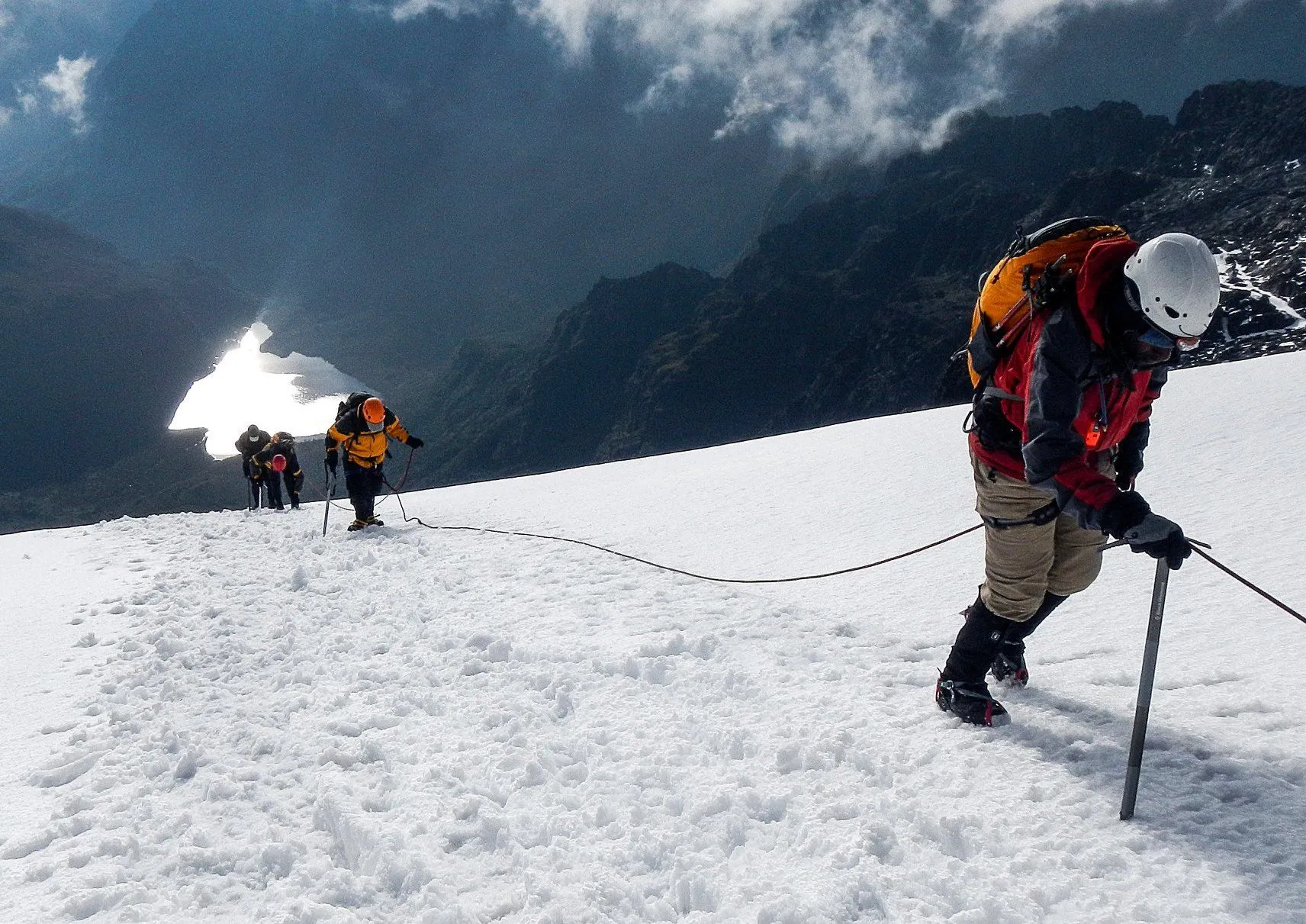
Please note
In this guide we describe the best time to travel to Uganda. We do not give any guarantees. We describe the best time to travel to Uganda based on years of experience and the average climate patterns of recent years. However, due to climate change, the advice may deviate from the average climate pattern. Take the climate information as a guideline, but do not let your expectations depend entirely on it.
Want to know more about the best time to travel?
We are happy to answer all your questions about the climate in Uganda!

